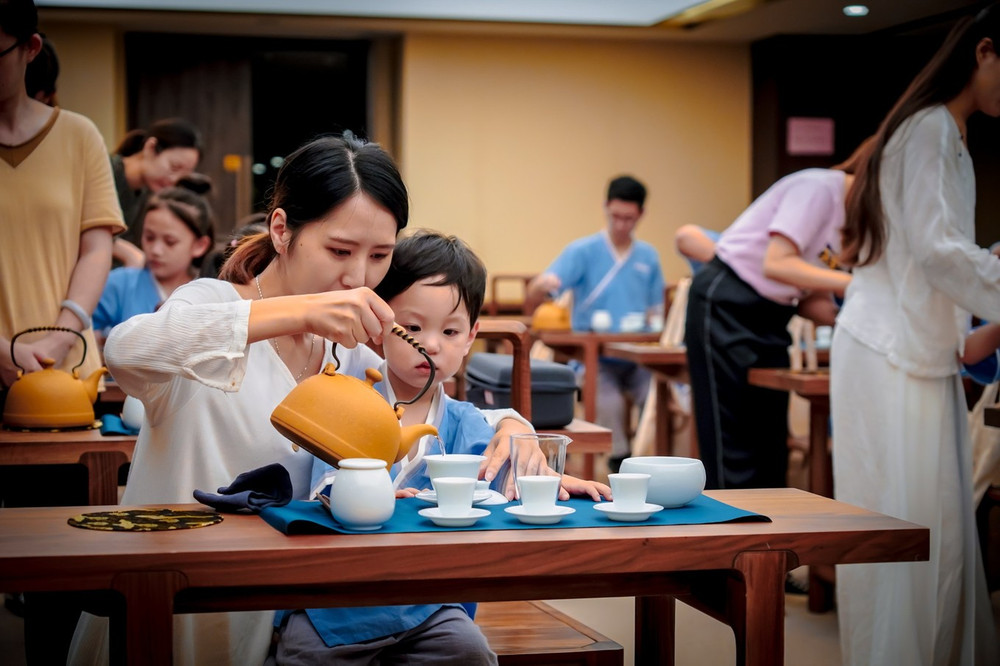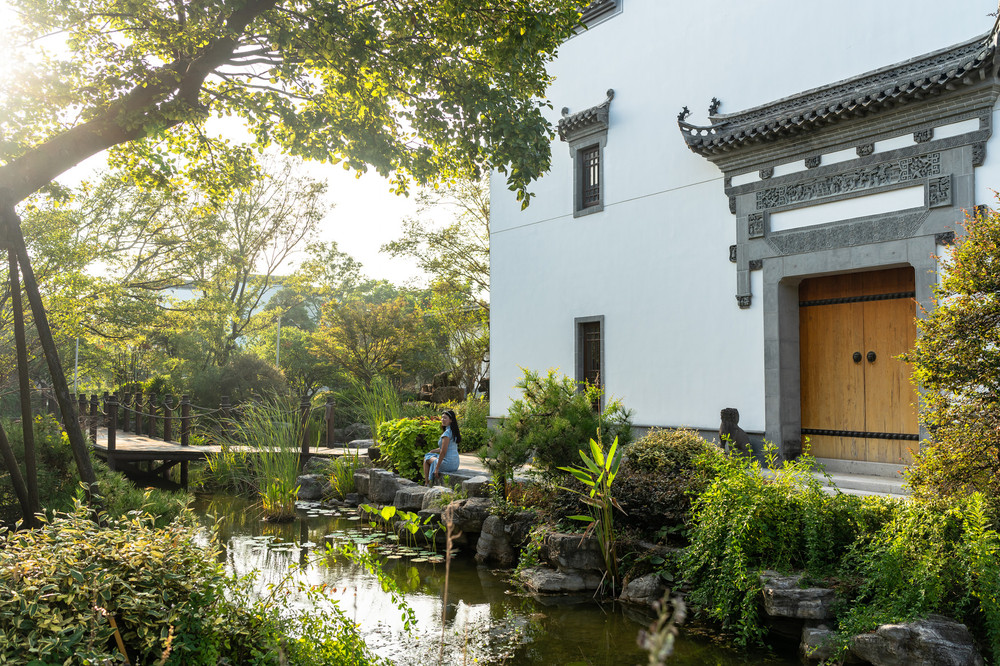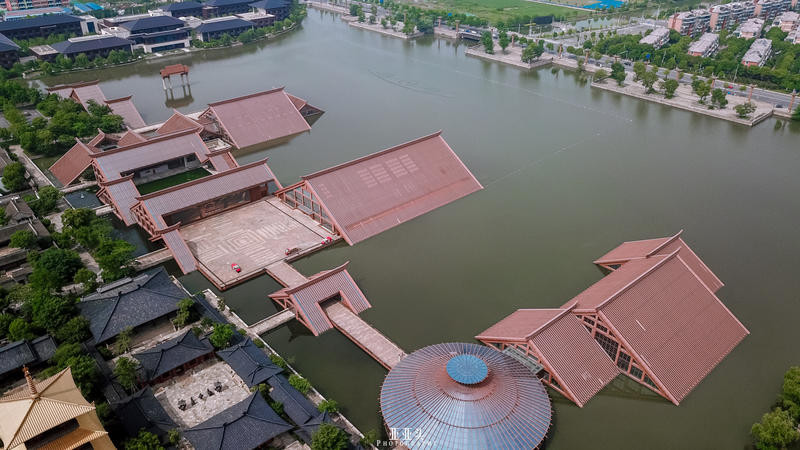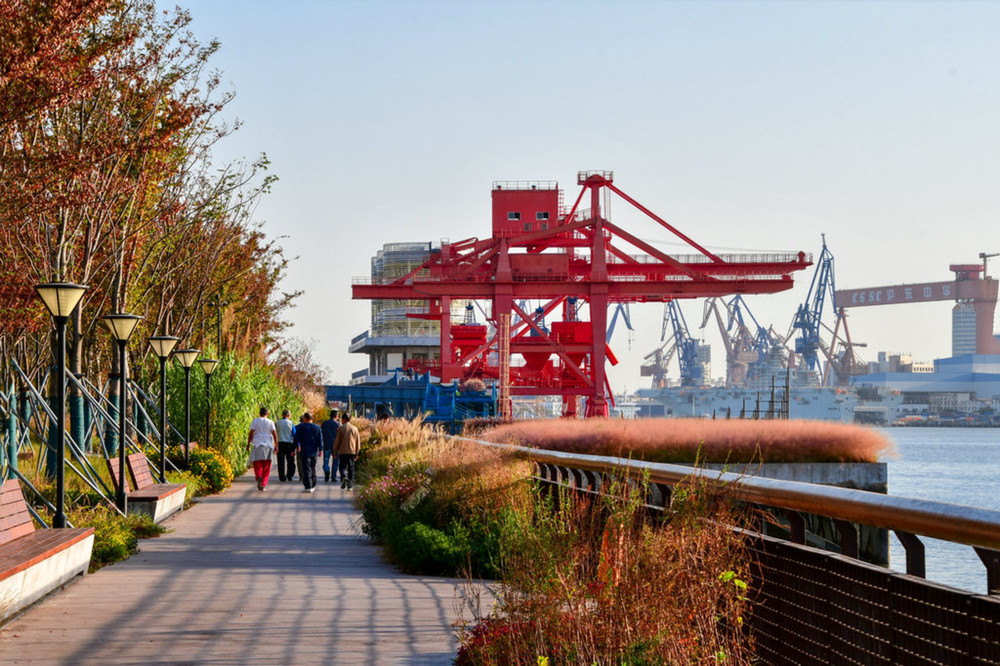I am eager to share these fascinating tales and feel as though I’ve gained the ability to narrate stories through images. However, due to space constraints, I hope that everyone will have the opportunity to listen and see for themselves, to experience the inner peace and beauty that this Buddhist country offers.
Visiting the Sala Cave Temple
The ticket price for this scenic spot is
Dinner at a Korean Hot Pot Restaurant in Vientiane
Our evening began with a visit to a popular Korean hot pot restaurant in Vientiane, Laos. In recent years, Koreans have been frequent visitors to Laos, significantly influencing the local culture. The restaurant we chose for the night specializes in Korean hot pot, a dish that has its roots in Cantonese cuisine but has been adapted with a Korean twist, featuring grilling in the middle and boiling around the edges.
The dipping sauces at this restaurant carry a distinct Lao flavor, adding a unique touch to the Korean hot pot experience. The restaurant operates on a self-service basis, allowing diners to add more ingredients as needed. Typically, two large plates of ingredients per table are more than enough to satisfy one’s hunger. To complement the meal, Lao beer and coke are available for all-you-can-drink, contributing to the restaurant’s booming business.
Night View of That Luang and Patuxay
After dinner, we took a short walk to That Luang, just two or three hundred meters away from our restaurant. We enjoyed fresh coconuts purchased from a nearby shop while strolling towards Patuxay, a landmark building in Vientiane. Patuxay was constructed to commemorate the liberation of Laos in 1975 and bears a resemblance to the Arc de Triomphe in Paris, with a strong Buddhist cultural influence evident in its internal structure, including Buddha statues and mythological carvings.
Patuxay stands 45 meters high and 24 meters wide, located near the prime minister’s office and facing the presidential palace. Originally intended to honor war casualties, it became a site for celebrating the nation’s liberation in 1975. The Chinese government contributed significantly to its renovation in the late 1960s, transforming it into the beautiful open park it is today.



